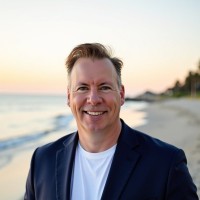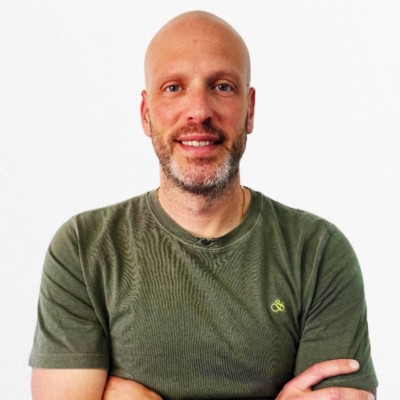Staff flexibility becomes major employment issue says Beverakis
By Leon Gettler, Talking Business >>
FLEXIBILITY has become a huge management issue now across businesses of all sizes.
Companies like Uber and Disney have put in demands for employees to turn up to the office no matter.
There have been so many studies that show half of Australian workers favour flexibility. On the other hand, a study by Forrester found that four out of 10 organisations were now trying to back out of flexibility arrangements.
Dino Beverakis, who was the managing director for Avaya for many years, said companies now cannot go back to the way things were.
“You know, the clock on, clock off syndrome and those L-shaped corner desks with the high partitions, I think now we have to find a blend,” Mr Beverakis told Talking Business. 
“I think the onus is going to be on us as leaders to provide the digital tools that give our workforce that flexibility to collaborate everywhere, and it’s seamless.
“It’s going to be role-based now as opposed to one blanket rule that fits all.”
Consider remote workforce consequences
Mr Beverakis said organisations now seeking to reduce their remote workforces needed to consider the consequences.
He said flexibility is now a huge issue with Gen Z employees.
“One of the questions I get asked in the interview process is do you have a flexible work arrangement,” he said.
“So it is something that’s top of mind.”
Mr Beverakis said a number of companies were taking innovative approaches to this.
One example, he cited, was Microsoft in Japan which had implemented a four-day work week and their productivity had risen by 40%.
“There is no one solution so we’ll have to work diligently as leaders and look at the roles and the impacts that the changes are going to have,” Mr Beverakis said.
“It’s going to be across the board and leaders have to be cognisant and really pay attention to staff well-being around that flexibility as well.”
Most breaches ‘unintentional’
On the question of compliance breaches, Mr Beverakis said most were committed unintentionally by staff inside organisations using a third party app to exchange confidential information.
“You know, when something didn’t work and the multiple applications they had didn’t provide them with what they needed,” he said.
“That overwhelming of staff with multiple apps can slow them down and so they go looking for a secondary option and that opens the opportunity for a compliance breach.”
Mr Beverakis said the important thing for company leaders to do to address these compliance breaches is to educate staff.
“It’s very important to call out something that doesn’t feel right, something you feel isn’t the right thing to do and that’s employee engagement, that’s through education and understanding the compliance policies that your organisation has work within,” he said.
“It starts with the leadership forum, understanding the compliance policies, educating the staff be it visual or otherwise, presentations, sit down sessions, lunch and learns, just really covering what those policies are making sure your team is engaged.”
And boards would have to be involved too.
“It starts at the top, you incorporate the board in that conversation,” Mr Beverakis said.
Hear the complete interview and catch up with other topical business news on Leon Gettler’s Talking Business podcast, released every Friday at www.acast.com/talkingbusiness
https://shows.acast.com/talkingbusiness/episodes/talking-business-38-interview-with-dino-beverakis-from-avaya
ends

 How to resolve AdBlock issue?
How to resolve AdBlock issue? 





